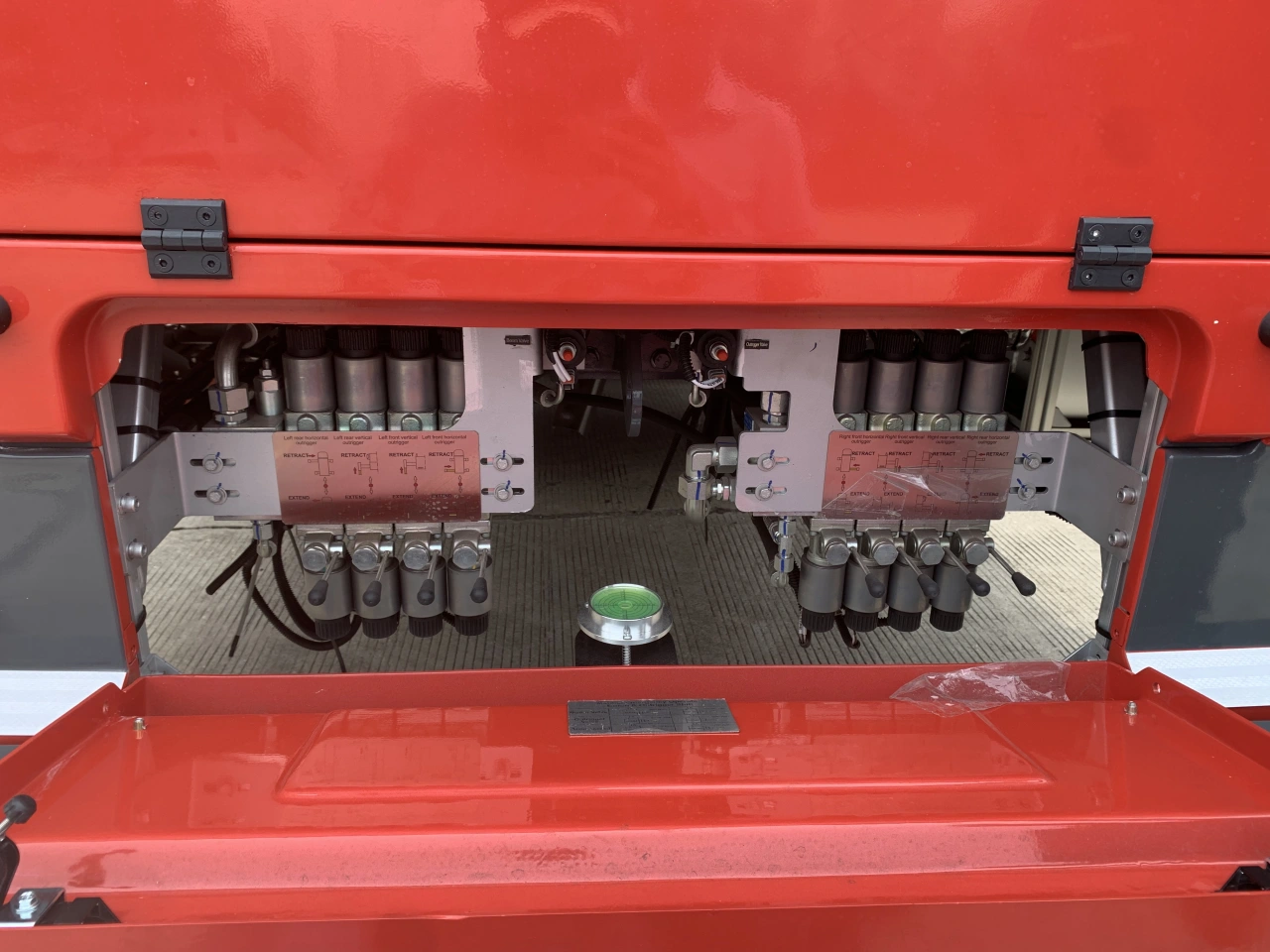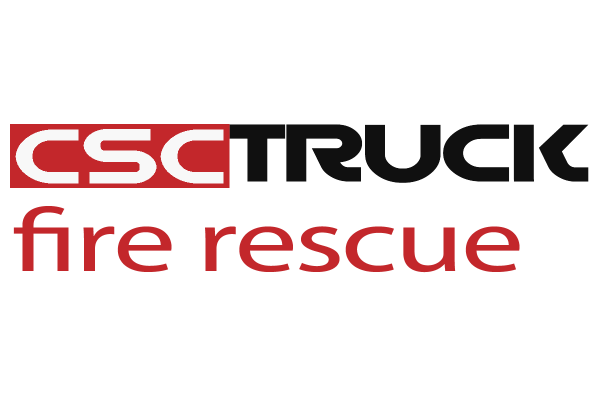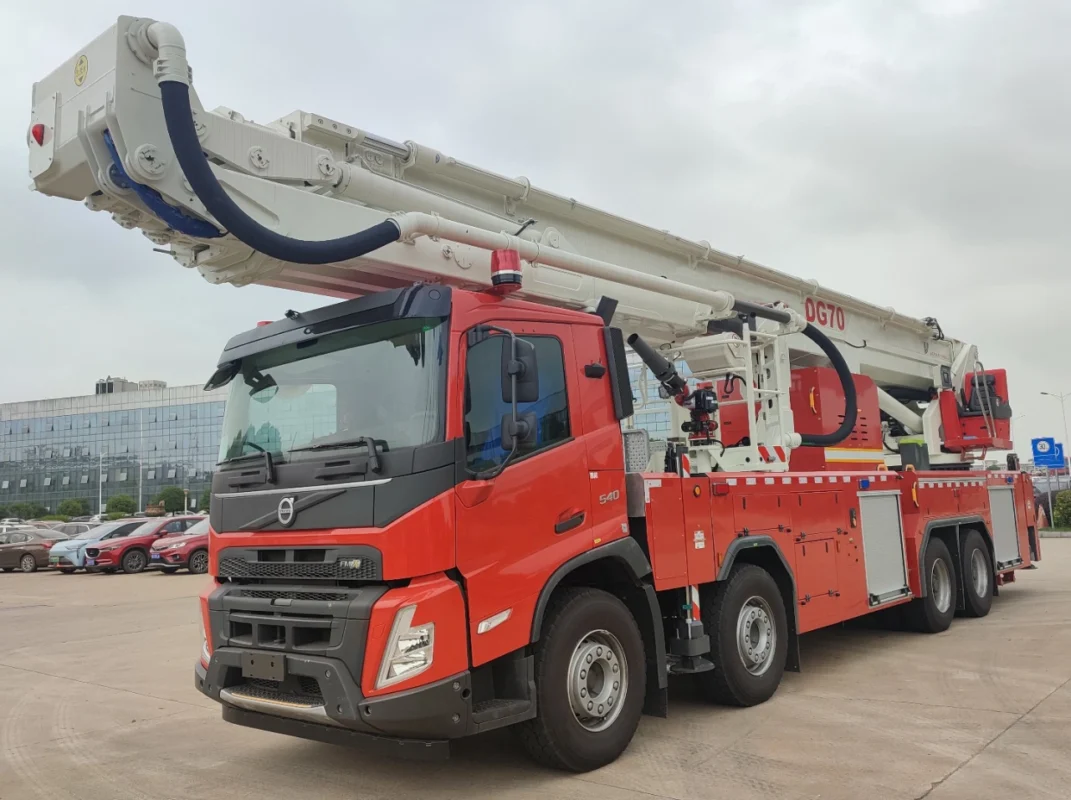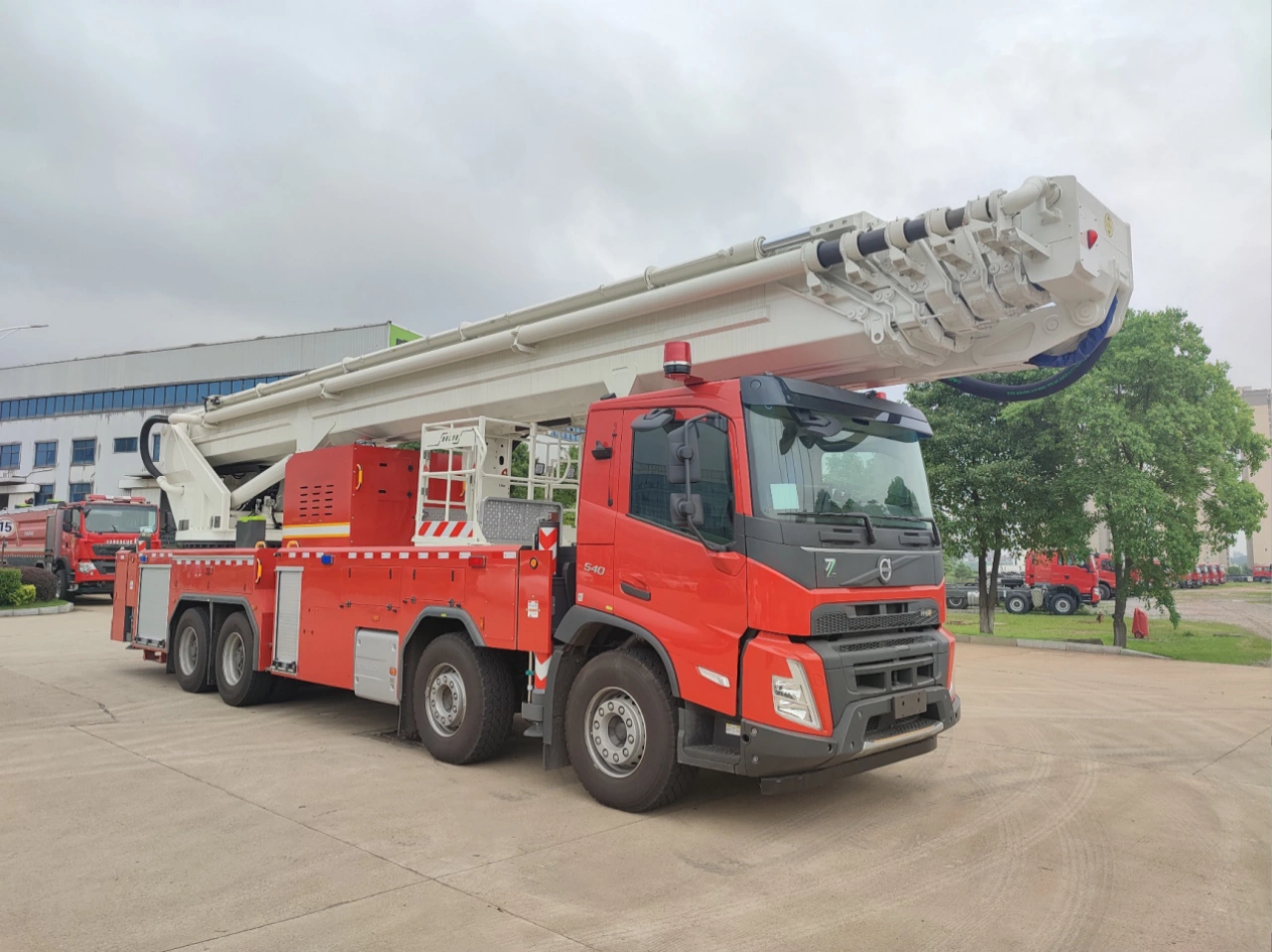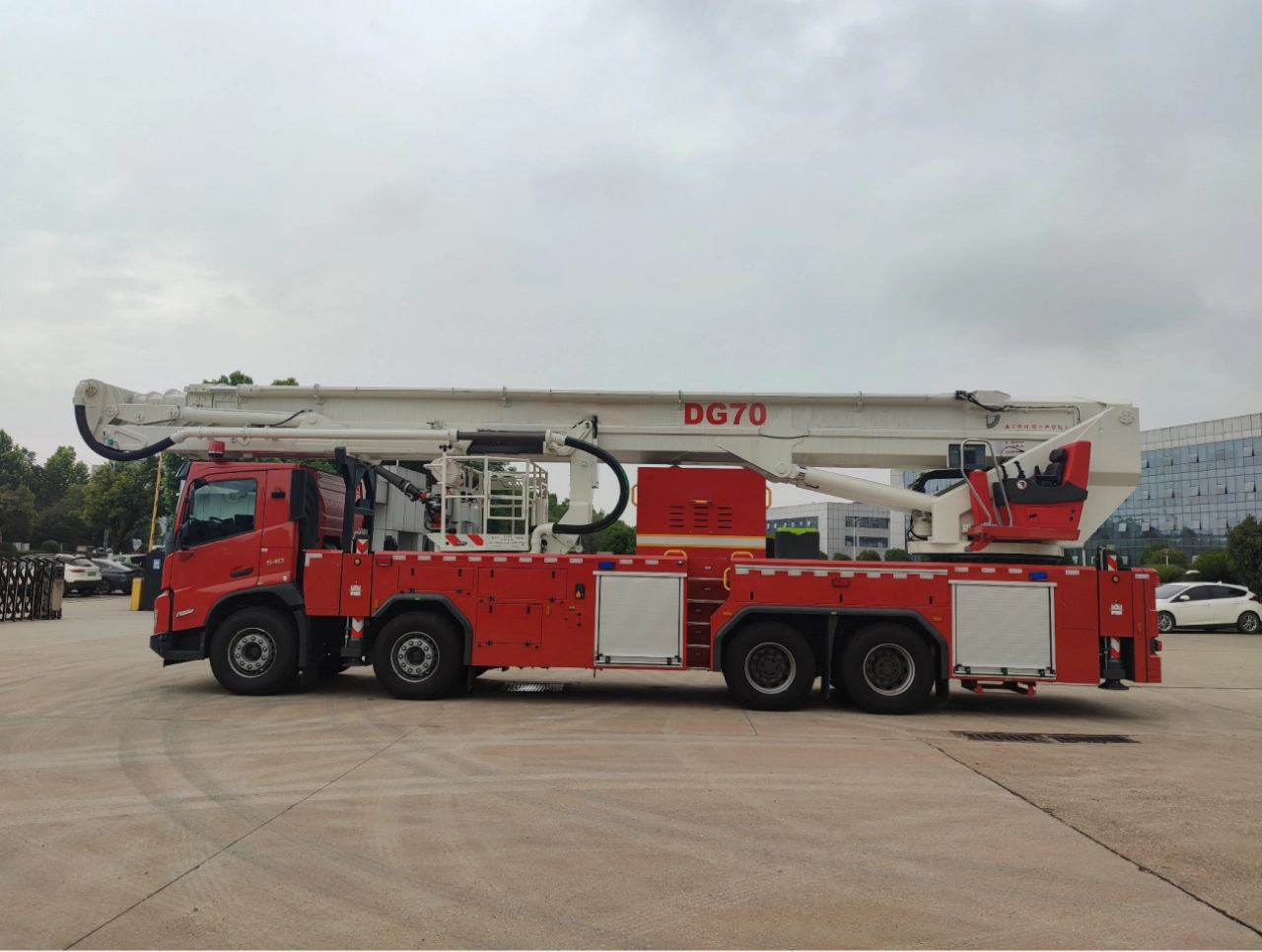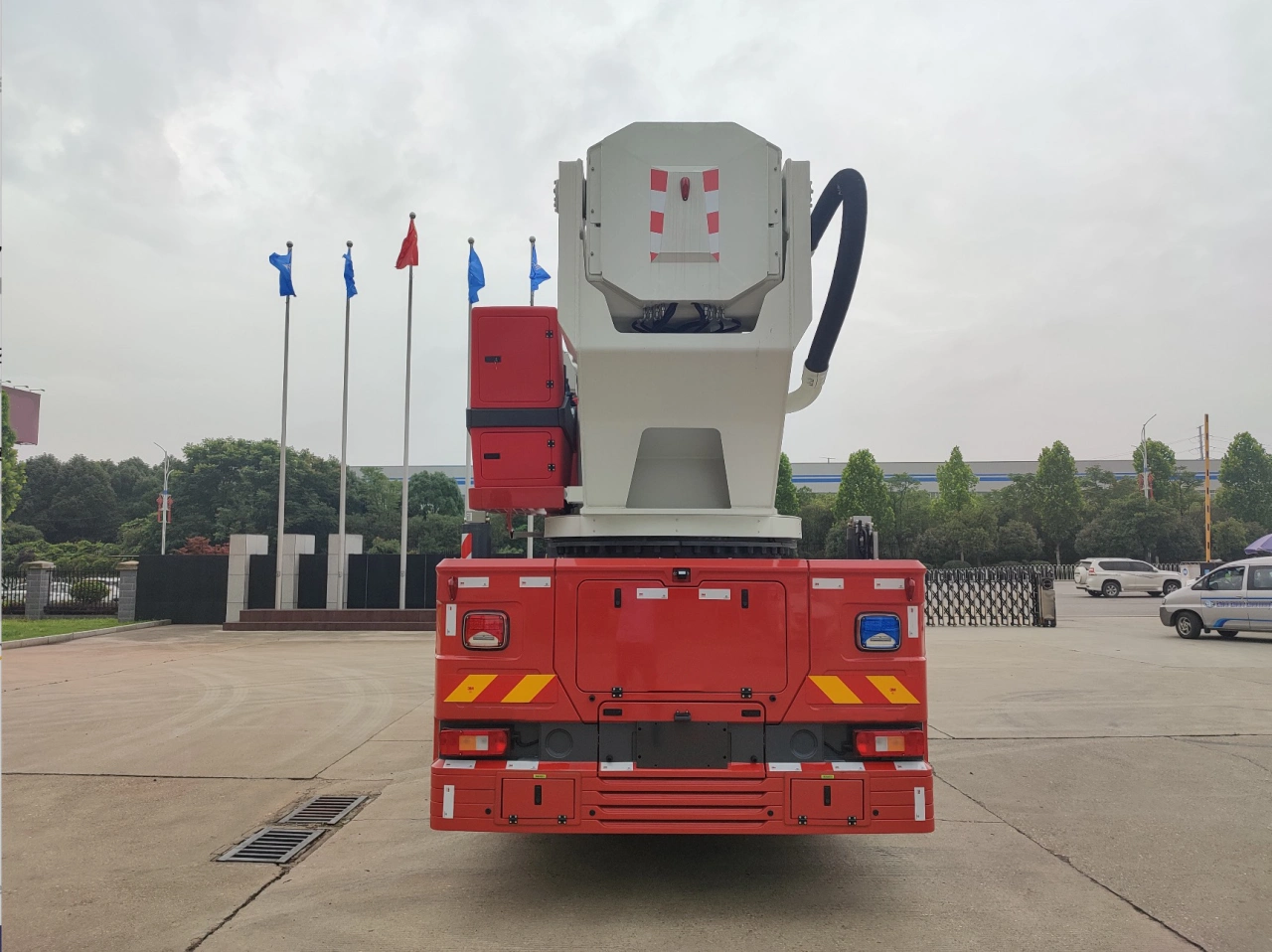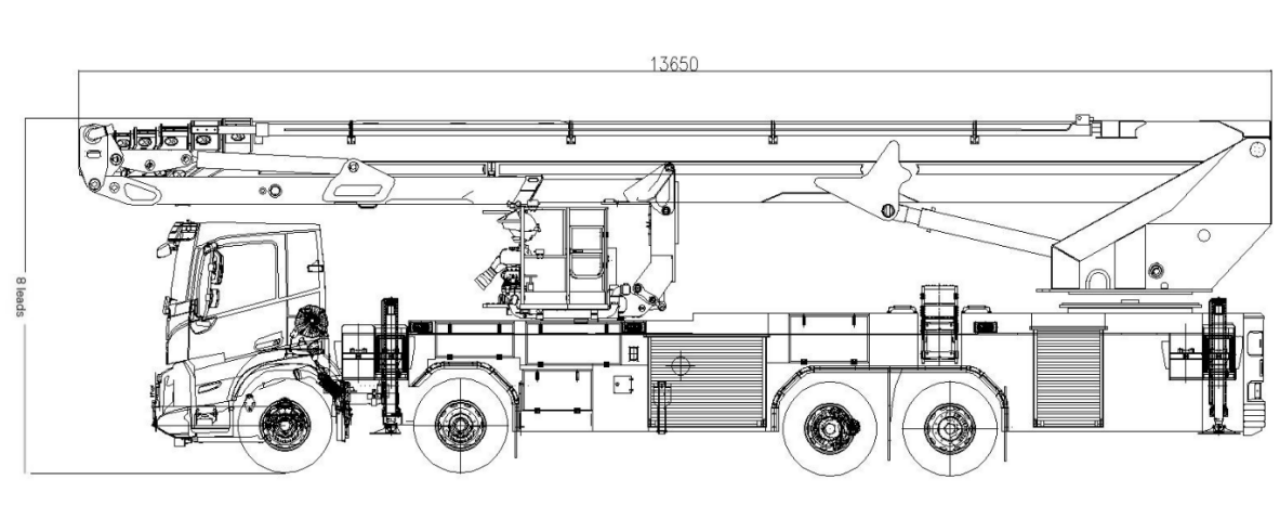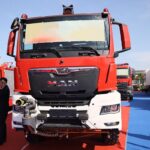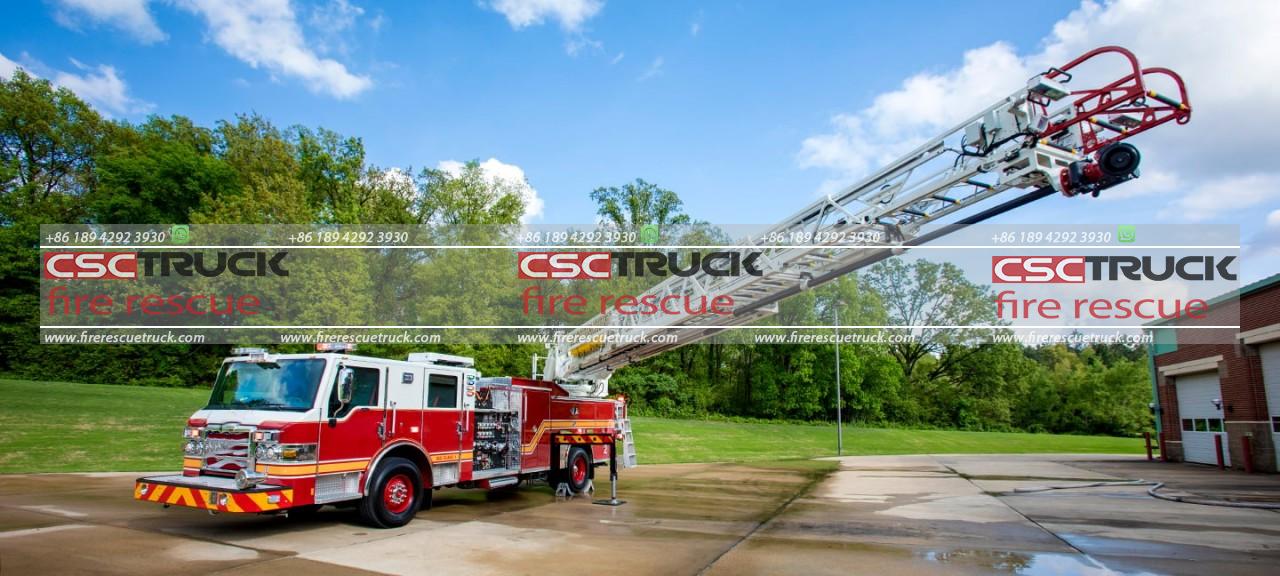In modern urban firefighting and emergency rescue operations, accessibility and reach are critical. As cities grow vertically, so too must the capabilities of firefighting equipment. Among the most advanced and indispensable tools in a fire department’s fleet is the aerial platform fire truck—a specialized vehicle designed to perform elevated rescue and firefighting tasks in complex and high-rise environments. This article explores the technology, applications, and strategic importance of aerial platform fire trucks in modern firefighting and rescue missions.
1. What Is an Aerial Platform Fire Truck?
An aerial platform fire truck is a specialized fire apparatus equipped with an extendable boom and a platform or basket at the end. This apparatus enables firefighters to reach significant heights and operate in areas otherwise inaccessible via ladders or ground-level hoses. The platform is often equipped with water nozzles, breathing air lines, and room for multiple firefighters, making it ideal for both fire suppression and rescue missions.
Unlike standard ladder trucks, which feature a straight or articulated ladder without a working platform, aerial platform trucks provide a stable and enclosed workspace at height. This allows firefighters to perform delicate rescue tasks, operate hoses with more control, and conduct aerial observation in greater safety.
2. Key Components and Specifications
a. Telescopic and Articulated Booms
The boom is the heart of the aerial platform system. Modern units can extend 30 to 100 meters (approximately 100 to 330 feet), depending on the model and purpose. Some feature a combination of telescopic and articulated joints, allowing them to maneuver around obstacles such as trees, signage, and building extensions.
b. Hydraulic and Pneumatic Systems
The boom is typically powered by hydraulic systems capable of supporting the platform’s weight under loaded conditions. These systems provide precise, smooth movement, essential for accurate positioning during both rescue and fire suppression operations.
c. Waterway Systems
The platform usually incorporates integrated water delivery systems, capable of supplying water or foam to elevated points. High-capacity pumps (often exceeding 2,000 liters per minute) and remotely controlled nozzles allow efficient firefighting even at great heights.
d. Stabilization Systems
Safety is paramount in elevated operations. Aerial platform trucks are equipped with automatic or manual outrigger systems to stabilize the vehicle on uneven or soft terrain. Some advanced models include real-time load monitoring and automatic leveling systems.
e. Cabin and Crew Compartments
These vehicles often come with double cabins to accommodate up to 6 personnel. The cabins are usually designed with reinforced frames, integrated communication systems, and ergonomic controls for operating the aerial system.
3. Operational Capabilities
Aerial platform fire trucks are designed for multifunctional operations, including:
a. Elevated Firefighting
By elevating nozzles directly to the seat of a fire, especially in high-rise buildings, these trucks allow for more direct suppression. The elevated stream is often more effective in cooling and penetrating fires in upper stories or industrial facilities.
b. Rescue Operations
The platform can be maneuvered to balconies, windows, or rooftops, providing safe evacuation routes for trapped individuals. It can also be used to reach injured or unconscious victims, with enough space to accommodate stretchers and medical personnel.
c. Aerial Surveillance and Command
The height advantage provided by the platform is invaluable for scene assessment and strategic planning. Commanders can use it for visualizing the incident scope, coordinating units, and monitoring evolving hazards.
d. Hazardous Material Incidents
Some aerial platforms are equipped with gas detection, thermal imaging, or radiological monitoring tools, allowing them to safely assess hazardous material situations from above.
4. Applications in Urban and Industrial Environments
Aerial platform fire trucks are particularly valuable in:
- High-rise residential and commercial buildings
- Warehouses and factories with vertical storage
- Refineries and petrochemical plants
- Stadiums, airports, and public venues
- Bridges, tunnels, and transportation hubs
In each of these contexts, the ability to reach elevated areas quickly and safely can dramatically reduce response times and increase survival rates during emergencies.
5. Advantages Over Traditional Ladder Trucks
While ladder trucks have their place in fire operations, aerial platform trucks offer several distinct advantages:
- Enhanced firefighter safety: Enclosed platforms reduce the risk of falls and allow safer hose operation at height.
- Greater operational flexibility: Articulating arms can reach behind obstacles and into tight urban spaces.
- Increased load capacity: Platforms can carry more personnel and equipment.
- Stability during operation: Hydraulic leveling and stabilization provide a secure working platform in diverse conditions.
6. Training and Operational Considerations
Effective deployment of aerial platform fire trucks requires specialized training. Operators must be certified in:
- Boom operation and control
- Stabilization and load calculations
- Rescue procedures at height
- Water and foam delivery systems
- Coordination with ground crews and command staff
Departments also need to consider response planning, as these vehicles are often larger and slower than standard pumpers, requiring clear road access and space for outrigger deployment.
7. Innovations and Trends
As technology advances, aerial platform fire trucks continue to evolve:
- Electrification and hybrid engines for reduced emissions in urban deployments.
- Telematics and GPS for tracking and fleet management.
- Autonomous stabilization systems for faster deployment.
- Smart nozzles and AI-assisted targeting systems.
- Composite materials for lighter, more durable booms.
Manufacturers such as Magirus, Bronto Skylift, Rosenbauer, and Pierce continue to push the envelope in design and functionality, offering highly specialized models for metropolitan, industrial, and airport environments.
8. Conclusion
In a world where urban landscapes continue to rise and fire threats grow more complex, the aerial platform fire truck stands as a critical tool for elevated rescue and firefighting. Its combination of height access, operational versatility, and advanced safety features makes it an indispensable asset for fire departments worldwide. As cities expand and infrastructure evolves, so too must emergency response capabilities—and the aerial platform fire truck is at the forefront of that evolution, saving lives and protecting property from above.
